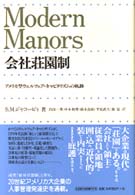Full Description
Emergency medical service providers serve as the primary immediate response to emergencies of all kinds, including natural disasters and acts of terrorism in the United States, with states serving as the regulatory agencies responsible for training, scope of practice, and continuing education for potential and working EMS providers.







